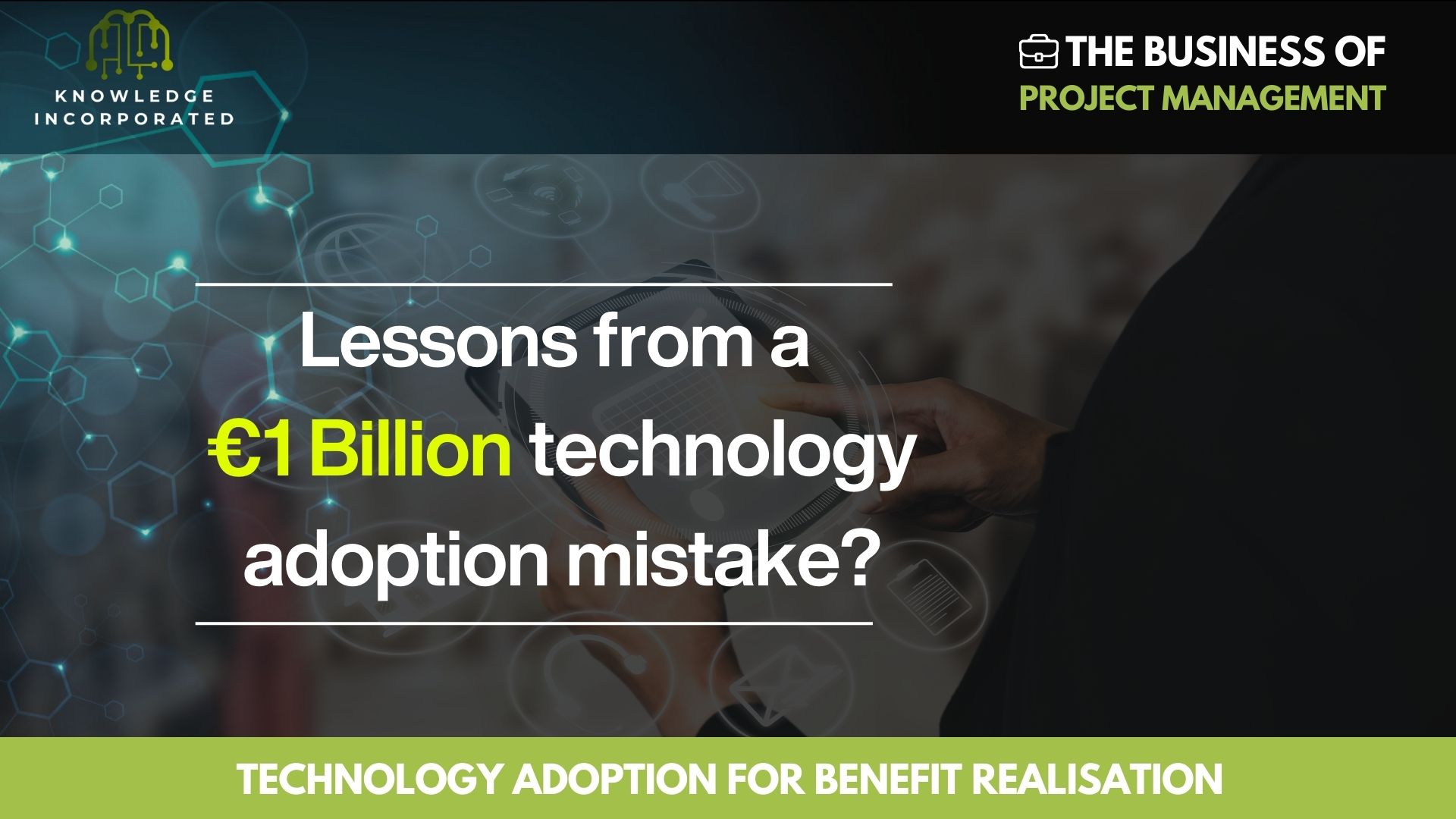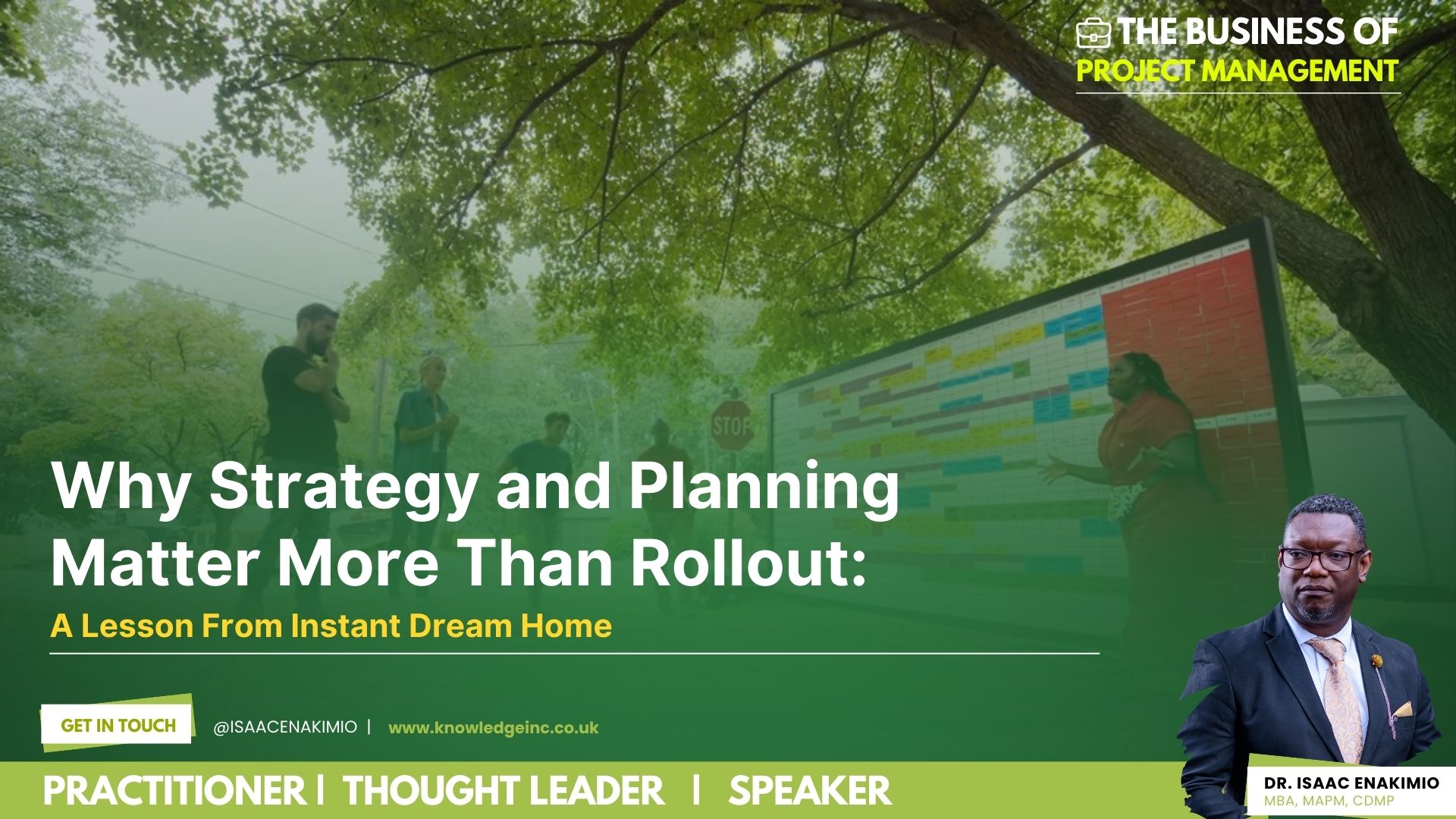If you’ve ever watched Instant Dream Home, you know exactly…
Context and Ambitions In 2017, Lidl embarked on a bold journey to modernize its inventory management by implementing SAP’s ERP solution. The project aimed to enable real-time inventory tracking, optimize supply chains, and deliver better data analytics for decision-making. Success would mean cost savings, improved stock availability, and enhanced customer satisfaction across Europe and the U.S.
The Challenges That Derailed the Project Despite these lofty goals, Lidl encountered significant obstacles:
1. Technical Challenges
- Integration Problems: Lidl’s diverse and highly customized legacy systems clashed with SAP’s standardized modules, leading to technical glitches and data migration issues.
- Customization Overload: Extensive customizations created unforeseen complexities, delaying timelines and inflating costs.
2. Leadership and Management Failures
- Frequent Leadership Changes: Multiple CIO transitions disrupted continuity, resulting in shifting strategies mid-project.
- Lack of Ownership: Accountability gaps slowed decision-making and created a fragmented approach.
3. Strategy and Execution Gaps
- Overambitious Goals: Lidl’s “one-size-fits-all” strategy ignored regional variations in regulations and operations.
- Poor Change Management: Employees were not adequately prepared for the transition, leading to resistance and low adoption rates.
4. Operational Disruptions
- System Downtime: Frequent implementation issues disrupted operations, affecting stock levels and customer trust.
- Inadequate Training: Generic training programs failed to equip staff to use the system effectively.
The Fallout After years of effort and over €1 billion spent, Lidl terminated the SAP project between 2023 and 2024. The company reverted to its legacy systems though less advanced but operational and familiar. This costly failure impacted productivity, employee morale, and Lidl’s digital ambitions.
Key Takeaways Lidl’s experience offers valuable lessons for organisations embarking on digital transformation projects:
- Align Strategy and Culture: Ensure technology solutions align with organisational culture and operational realities.
- Prioritize Change Management: Engage stakeholders at all levels and prepare employees for the new system.
- Adopt Phased Rollouts: Mitigate risks by implementing solutions gradually, rather than through a big-bang approach.
- Strengthen Leadership Continuity: Clear ownership and consistent leadership are critical to maintaining project focus and accountability.
Closing Thoughts Lidl’s case is a stark reminder that digital transformation is about more than technology, it requires the alignment of strategy, leadership, and operational readiness. For organisations aiming to avoid similar pitfalls, the focus must be on creating a cohesive vision that integrates people, processes, and technology.
What lessons do you think are most relevant from Lidl’s experience? How can organisations avoid similar missteps in their digital transformation journeys?
We are here to help organisations like yours bridge the gap between strategy and execution. Together, we can ensure your technology investments deliver meaningful outcomes by aligning them with your unique vision and goals.
📩 Ready to make your technology work for you? Let’s talk about how to unlock its full potential and create a future-ready organisation.
Author: Dr. Isaac Enakimio
Knowledge Incorporated
Business Transformation through Digital Strategies




